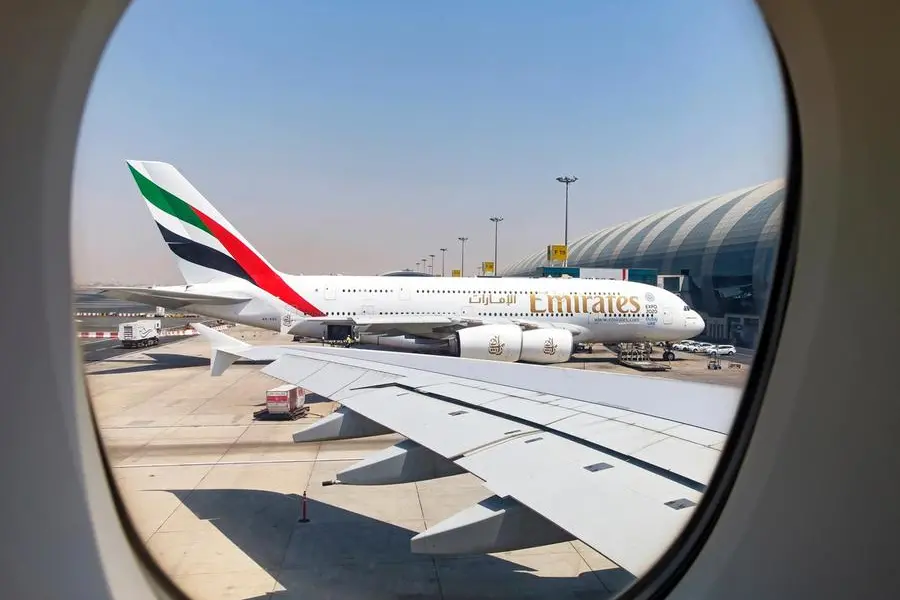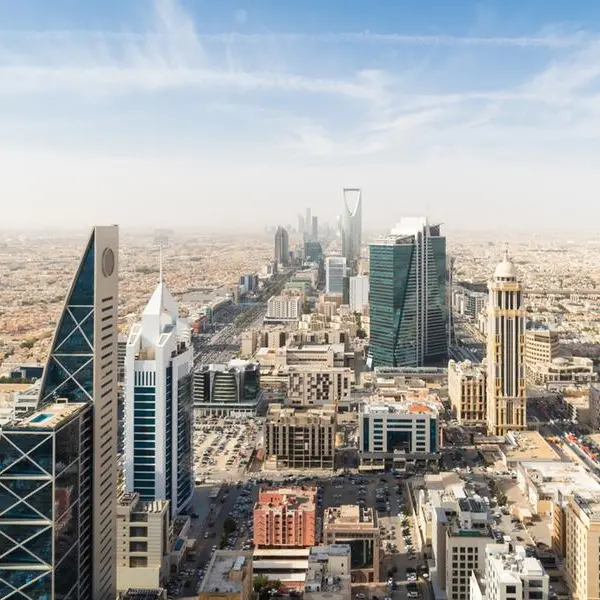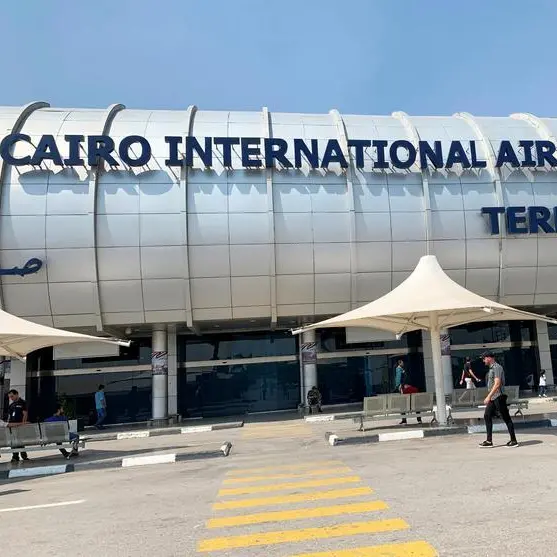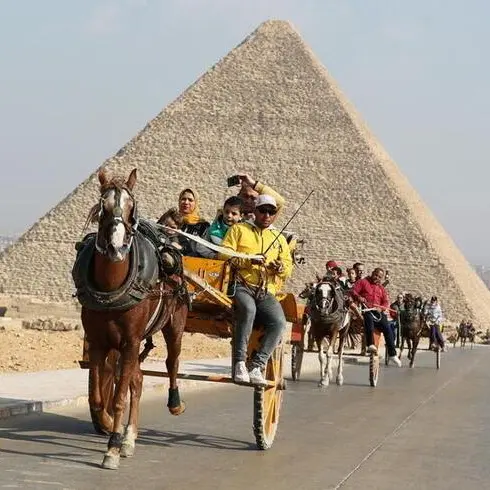PHOTO
The new system will increase efficiency of landing and departing procedures as well as reduce delays for the aircraft, Dubai Air Navigation Services (Dans) said in a statement.
The Dubai RECAT-Enhanced Wake Turbulence Separation within Dubai Control Area extends across 50 nautical miles centred at Dubai International (DXB), one of the three airports the Air Navigation Services Provider (ANSP) handles in the UAE.
Sheikh Ahmed bin Saeed Al Maktoum, President of Dubai Civil Aviation Authority, Chairman of Dubai Airports and Dubai Air Navigation Services, and Chairman of Chief Executive of Emirates Airline and Group, said Dubai RECAT is a major and unprecedented achievement in the way air traffic controllers deal with flights. It is also the result of more than seven years of collaborative work and complex procedures and data analysis carried out by specialised teams of experts.
The project contributes towards enhancing the capacity and efficiency of the airports located in the Dubai Approach Area — Dubai International Airport, Sharjah International Airport, Al Maktoum International Airport and the Emirates Flight Training Academy — to enhance the receptive capacity of Dubai’s skies in cooperation with the authorities concerned.
“This strategic project, being implemented for the first time in the Middle East, will contribute towards enhancing the performance of Dubai airports in three ways: increase the capacity of our airspace, reduce the time for landing flights during the peak periods, and saving fuel at our airports,” said Sheikh Ahmed.
The new procedures that have been implemented will increase two to three additional aircraft movements (arrivals) and six movements (departures) per peak hour for Dubai International Airport along with saving a lot of hours of flying and manoeuvring in Dubai’s airspace by pilots until they are granted permission to land and depart, especially during the peak periods.
The minimum limits for the convergence of aircraft movement within the Dubai control area are applied for departing flights, by determining the flight times between successive aircraft, as these distances between aircraft, determined for pilots either by time or distance, are provided by the air traffic control tower at airports Dubai.
Mohammed Abdulla Ahli, director-general of Dubai Civil Aviation Authority and CEO of Dubai Air Navigation Services, said: "We have the human and technical competencies to achieve our ambitions to become the best in the aviation sector. Through the tireless work of our experts, we were able to implement complex procedures for the first time at the country and Middle East levels in the process of handling incoming flights through Dubai airspace.
"This will have a significant impact not only on the arrival timings of flights, but also on the profitability of airlines through saving on fuels during operations approaching the control area in preparation for landing at DXB.”
The project is in line with the future growth of air transport through the Dubai and UAE airspace. Pre-Covid-19 pandemic, it had been estimated that the number of aircraft movements through the UAE’s seven international airports would reach 1.62 million movements by 2030.
Emirates is the first flight that landed at Dubai International Airport with the new operating procedures in place.
Copyright © 2021 Khaleej Times. All Rights Reserved. Provided by SyndiGate Media Inc. (Syndigate.info).























